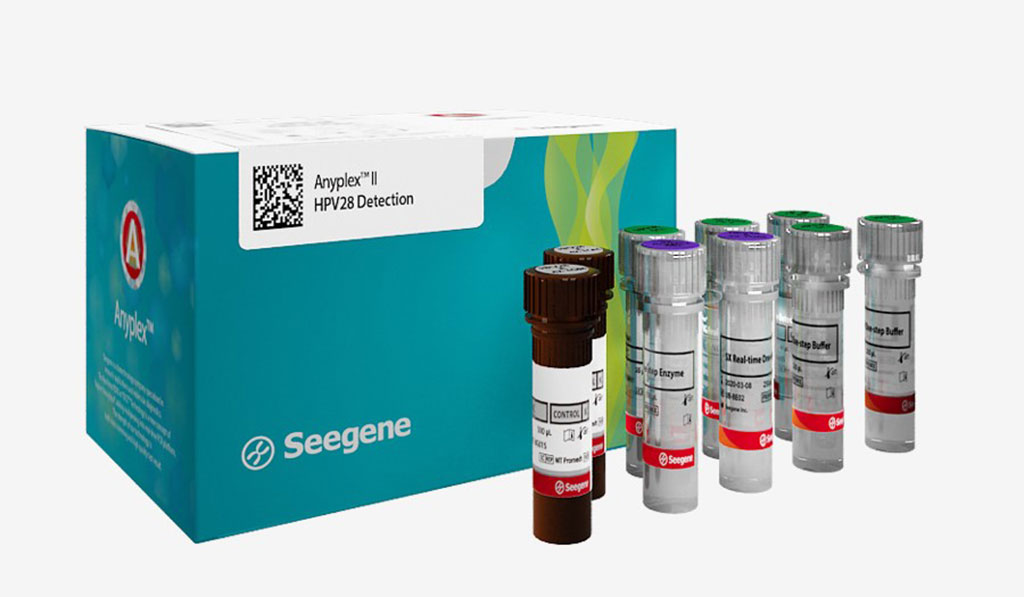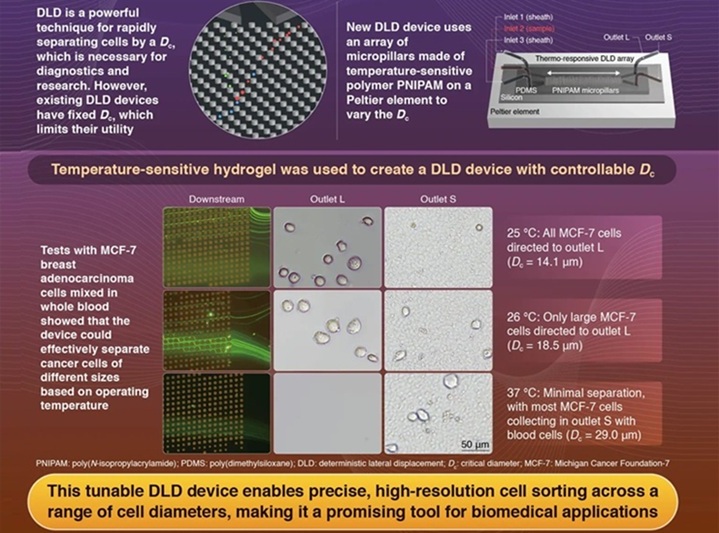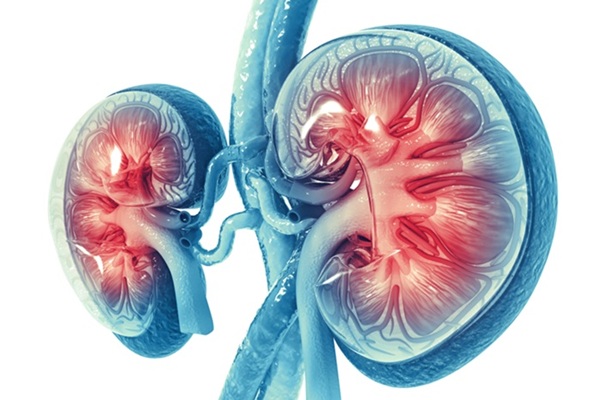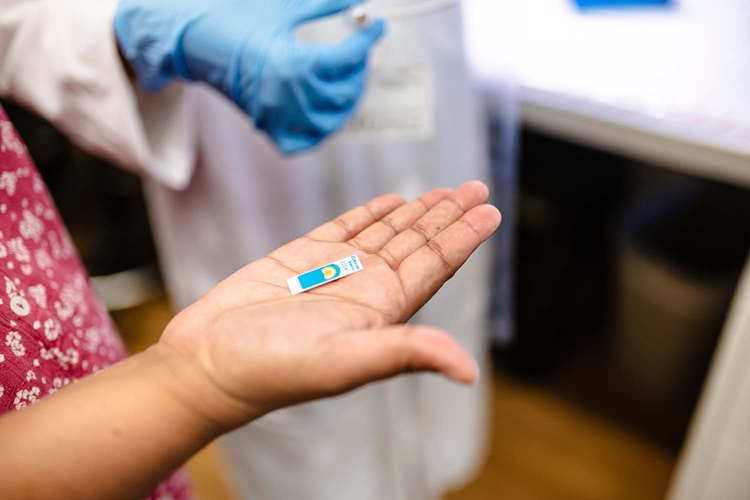TAP1 Gene Polymorphisms Associated with Recurrent Respiratory Papillomatosis
|
By LabMedica International staff writers Posted on 09 Feb 2021 |

Image: The Anyplex II HPV28 Detection Kit simultaneously detects and identifies 28 HPV types (19 high-risk and 9 low-risk) (Photo courtesy of Seegene).
Recurrent respiratory papillomatosis (RRP) is a respiratory tract disease that affects children and adults and is characterized by the recurrent proliferation of multiple papillomas. The proliferation of multiple papillomas within the airway in RRP primarily affects the larynx.
RRP is a potentially devastating and incurable disease, caused by human papillomavirus (HPV) infection. A dysfunctional immune response in patients with RRP has been reported. A low expression of the transporter associated with antigen processing (TAP) and major histocompatibility complex class I (MHC‐I) genes in benign papillomas has been found.
Medical Microbiologists at the Universidad de Guadalajara (Guadalajara, México) and their colleagues recruited 35 patients who were diagnosed with papillomatosis. Biopsies for histopathologic and molecular diagnosis were taken during surgical resection. DNA extraction was performed for the screening and genotyping of HPV. Blood samples were collected from 35 unrelated control subjects and 35 patients with RRP. To confirm the presence or absence of HPV in papilloma tissue, a PCR analysis was performed.
Genotype identification and semi‐quantitative determinations of viral load were performed by Multiplex Real‐Time PCR, using the Anyplex HPV28 Detection Kit (Seegene, Seoul, South Korea), with the CFX96 real‐time thermocycler (Bio‐Rad, Hercules, CA, USA). Polymorphisms were identified using primers and FastStart Taqman hydrolysis probes for each of the single nucleotide polymorphism (SNP) in their wild‐type and polymorphic forms, using TAP1 gene ID rs11352216. The amplification reaction was carried out in a StepOne Thermal Cycler (Applied Biosystems, Waltham, MA, USA).
The scientists reported that after HPV screening and genotyping, the most frequent genotypes were HPV‐6 and HPV‐11. HPV‐6 was present in 21 of 35 patients, and HPV‐11 was present in only 14 patients. Of the 21 patients with HPV‐6, 15 presented with high viral loads, whereas six presented with intermediate‐low viral loads and five of the 14 patients with HPV‐11 had a high viral load and nine had an intermediate‐low viral load.
In the polymorphism analysis, rs1057141 showed no significant differences. In contrast, a significant difference was found in rs1135216 (Odds Ratio, [OR] = 2.4) in the allelic analysis, as well as in the dominant (OR = 3.06), codominant (OR = 3.06), and additive model, OR = 2.505) in subjects with the G allele.
The authors concluded that their findings suggest that the rs1135216 A/G polymorphism in TAP1 is associated with a risk for RRP, and that there is a possible risk related to the rs1057141 A/G polymorphism in a western Mexican population. The study was published on January 28, 2021 in the Journal of Clinical Laboratory Analysis.
Related Links:
Universidad de Guadalajara
Seegene
Bio‐Rad
Applied Biosystems
RRP is a potentially devastating and incurable disease, caused by human papillomavirus (HPV) infection. A dysfunctional immune response in patients with RRP has been reported. A low expression of the transporter associated with antigen processing (TAP) and major histocompatibility complex class I (MHC‐I) genes in benign papillomas has been found.
Medical Microbiologists at the Universidad de Guadalajara (Guadalajara, México) and their colleagues recruited 35 patients who were diagnosed with papillomatosis. Biopsies for histopathologic and molecular diagnosis were taken during surgical resection. DNA extraction was performed for the screening and genotyping of HPV. Blood samples were collected from 35 unrelated control subjects and 35 patients with RRP. To confirm the presence or absence of HPV in papilloma tissue, a PCR analysis was performed.
Genotype identification and semi‐quantitative determinations of viral load were performed by Multiplex Real‐Time PCR, using the Anyplex HPV28 Detection Kit (Seegene, Seoul, South Korea), with the CFX96 real‐time thermocycler (Bio‐Rad, Hercules, CA, USA). Polymorphisms were identified using primers and FastStart Taqman hydrolysis probes for each of the single nucleotide polymorphism (SNP) in their wild‐type and polymorphic forms, using TAP1 gene ID rs11352216. The amplification reaction was carried out in a StepOne Thermal Cycler (Applied Biosystems, Waltham, MA, USA).
The scientists reported that after HPV screening and genotyping, the most frequent genotypes were HPV‐6 and HPV‐11. HPV‐6 was present in 21 of 35 patients, and HPV‐11 was present in only 14 patients. Of the 21 patients with HPV‐6, 15 presented with high viral loads, whereas six presented with intermediate‐low viral loads and five of the 14 patients with HPV‐11 had a high viral load and nine had an intermediate‐low viral load.
In the polymorphism analysis, rs1057141 showed no significant differences. In contrast, a significant difference was found in rs1135216 (Odds Ratio, [OR] = 2.4) in the allelic analysis, as well as in the dominant (OR = 3.06), codominant (OR = 3.06), and additive model, OR = 2.505) in subjects with the G allele.
The authors concluded that their findings suggest that the rs1135216 A/G polymorphism in TAP1 is associated with a risk for RRP, and that there is a possible risk related to the rs1057141 A/G polymorphism in a western Mexican population. The study was published on January 28, 2021 in the Journal of Clinical Laboratory Analysis.
Related Links:
Universidad de Guadalajara
Seegene
Bio‐Rad
Applied Biosystems
Latest Pathology News
- Tunable Cell-Sorting Device Holds Potential for Multiple Biomedical Applications
- AI Tool Outperforms Doctors in Spotting Blood Cell Abnormalities
- AI Tool Rapidly Analyzes Complex Cancer Images for Personalized Treatment
- Diagnostic Technology Performs Rapid Biofluid Analysis Using Single Droplet
- Novel Technology Tracks Hidden Cancer Cells Faster
- AI Tool Improves Breast Cancer Detection
- AI Tool Predicts Treatment Success in Rectal Cancer Patients
- Blood Test and Sputum Analysis Predict Acute COPD Exacerbation
- AI Tool to Transform Skin Cancer Detection with Near-Perfect Accuracy
- Unique Immune Signatures Distinguish Rare Autoimmune Condition from Multiple Sclerosis
- Simple Optical Microscopy Method Reveals Hidden Structures in Remarkable Detail
- Hydrogel-Based Technology Isolates Extracellular Vesicles for Early Disease Diagnosis
- AI Tool Improves Accuracy of Skin Cancer Detection
- Highly Sensitive Imaging Technique Detects Myelin Damage
- 3D Genome Mapping Tool to Improve Diagnosis and Treatment of Genetic Diseases
- New Molecular Analysis Tool to Improve Disease Diagnosis
Channels
Clinical Chemistry
view channel
Chemical Imaging Probe Could Track and Treat Prostate Cancer
Prostate cancer remains a leading cause of illness and death among men, with many patients eventually developing resistance to standard hormone-blocking therapies. These drugs often lose effectiveness... Read more
Mismatch Between Two Common Kidney Function Tests Indicates Serious Health Problems
Creatinine has long been the standard for measuring kidney filtration, while cystatin C — a protein produced by all human cells — has been recommended as a complementary marker because it is influenced... Read moreMolecular Diagnostics
view channel
Simple Urine Test to Revolutionize Bladder Cancer Diagnosis and Treatment
Bladder cancer is one of the most common and deadly urological cancers and is marked by a high rate of recurrence. Diagnosis and follow-up still rely heavily on invasive cystoscopy or urine cytology, which... Read more
Blood Test to Enable Earlier and Simpler Detection of Liver Fibrosis
Persistent liver damage caused by alcohol misuse or viral infections can trigger liver fibrosis, a condition in which healthy tissue is gradually replaced by collagen fibers. Even after successful treatment... Read moreHematology
view channel
Platelet Activity Blood Test in Middle Age Could Identify Early Alzheimer’s Risk
Early detection of Alzheimer’s disease remains one of the biggest unmet needs in neurology, particularly because the biological changes underlying the disorder begin decades before memory symptoms appear.... Read more
Microvesicles Measurement Could Detect Vascular Injury in Sickle Cell Disease Patients
Assessing disease severity in sickle cell disease (SCD) remains challenging, especially when trying to predict hemolysis, vascular injury, and risk of complications such as vaso-occlusive crises.... Read more
ADLM’s New Coagulation Testing Guidance to Improve Care for Patients on Blood Thinners
Direct oral anticoagulants (DOACs) are one of the most common types of blood thinners. Patients take them to prevent a host of complications that could arise from blood clotting, including stroke, deep... Read moreImmunology
view channel
New Test Distinguishes Vaccine-Induced False Positives from Active HIV Infection
Since HIV was identified in 1983, more than 91 million people have contracted the virus, and over 44 million have died from related causes. Today, nearly 40 million individuals worldwide live with HIV-1,... Read more
Gene Signature Test Predicts Response to Key Breast Cancer Treatment
DK4/6 inhibitors paired with hormone therapy have become a cornerstone treatment for advanced HR+/HER2– breast cancer, slowing tumor growth by blocking key proteins that drive cell division.... Read more
Chip Captures Cancer Cells from Blood to Help Select Right Breast Cancer Treatment
Ductal carcinoma in situ (DCIS) accounts for about a quarter of all breast cancer cases and generally carries a good prognosis. This non-invasive form of the disease may or may not become life-threatening.... Read morePathology
view channel
Tunable Cell-Sorting Device Holds Potential for Multiple Biomedical Applications
Isolating rare cancer cells from blood is essential for diagnosing metastasis and guiding treatment decisions, but remains technically challenging. Many existing techniques struggle to balance accuracy,... Read moreAI Tool Outperforms Doctors in Spotting Blood Cell Abnormalities
Diagnosing blood disorders depends on recognizing subtle abnormalities in cell size, shape, and structure, yet this process is slow, subjective, and requires years of expert training. Even specialists... Read moreTechnology
view channel
Artificial Intelligence Model Could Accelerate Rare Disease Diagnosis
Identifying which genetic variants actually cause disease remains one of the biggest challenges in genomic medicine. Each person carries tens of thousands of DNA changes, yet only a few meaningfully alter... Read more
AI Saliva Sensor Enables Early Detection of Head and Neck Cancer
Early detection of head and neck cancer remains difficult because the disease produces few or no symptoms in its earliest stages, and lesions often lie deep within the head or neck, where biopsy or endoscopy... Read moreIndustry
view channel
Abbott Acquires Cancer-Screening Company Exact Sciences
Abbott (Abbott Park, IL, USA) has entered into a definitive agreement to acquire Exact Sciences (Madison, WI, USA), enabling it to enter and lead in fast-growing cancer diagnostics segments.... Read more























